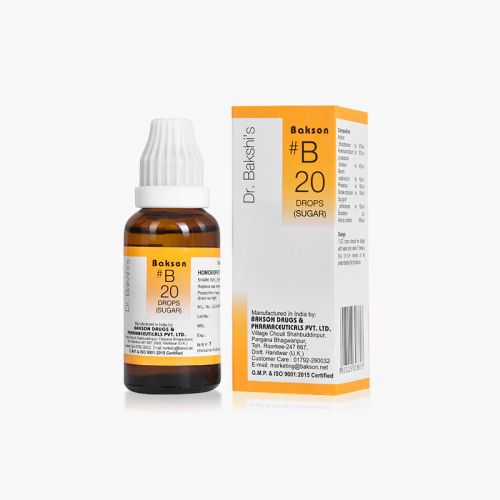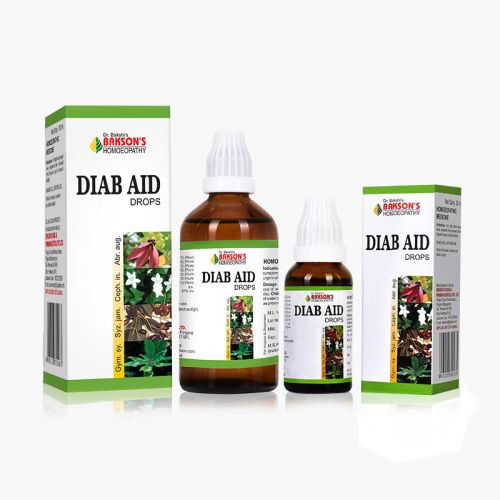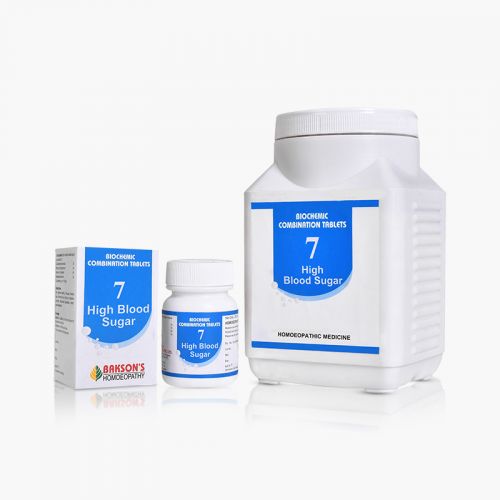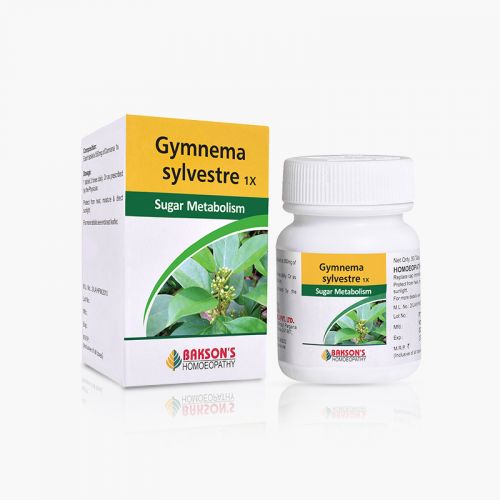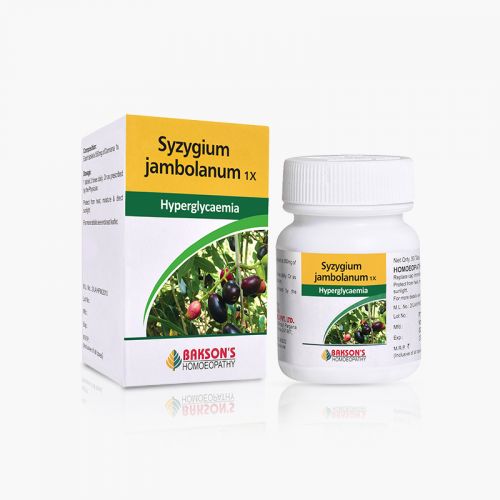We use cookies to make your experience better. To comply with the new e-Privacy directive, we need to ask for your consent to set the cookies. Learn more.
What is Diabetes Mellitus?
Diabetes Mellitus (DM) is a metabolic disease, involving inappropriately elevated blood glucose levels. DM has several categories, including type 1, type 2, maturity-onset diabetes of the young (MODY), gestational diabetes, neonatal diabetes, and secondary causes due to endocrinopathies, steroid use, etc. Globally, 1 in 11 adults has DM (90% having T2DM). The onset of T1DM gradually increases from birth and peaks at ages 4 to 6 years and then again from 10 to 14 years.
Types of Diabetes
- Prediabetes is a state in which blood glucose levels are too high to be considered normal but not high enough to be labeled diabetes. People have prediabetes if their fasting blood glucose level is between 100 mg/dL (5.6 mmol/L) and 125 mg/dL (6.9 mmol/L) or if their blood glucose level 2 hours after a glucose tolerance test is between 140 mg/dL (7.8 mmol/L) and 199 mg/dL (11.0 mmol/L).
- Type 1 diabetes: In type 1 diabetes (formerly called insulin-dependent diabetes or juvenile-onset diabetes), the body's immune system attacks the insulin-producing cells of the pancreas, and therefore, produces little or no insulin.
- Type 2 diabetes: In type 2 diabetes (formerly called nonצ insulin-dependent diabetes or adult-onset diabetes), the pancreas are producing insulin, but the body develops resistance to the effects of insulin, so there is not enough insulin to meet the bodyעs needs.
Causes
- T1DM is characterized by the destruction of beta cells in the pancreas, secondary to the autoimmune destruction of beta cells. Insulin is absent or extremely low.
- T2DM involves a more insidious onset where an imbalance between insulin levels and insulin sensitivity causes a functional deficit of insulin. Insulin resistance is multifactorial but commonly develops from obesity and aging.
- MODY is a heterogeneous disorder identified by non-insulin dependent diabetes diagnosed at a young age (usually under 25 years). It carries an autosomal dominant transmission and does not involve autoantibodies as in T1DM.
- Gestational diabetes is diabetes that manifests during pregnancy.
- Several endocrinopathies, including acromegaly, Cushing syndrome, glucagonoma, hyperthyroidism, hyperaldosteronism, and somatostatinomas, have been associated with glucose intolerance and diabetes mellitus.
Signs and Symptoms
The symptoms of high blood glucose levels include
- Increased thirst
- Increased urination
- Increased hunger
- Blurred vision
- Drowsiness
- Nausea
- Decreased endurance during exercise
On physical examination there may be poor skin turgor (from dehydration) and a distinctive fruity odor of breath (in patients with ketosis). In diabetic ketoacidosis (DKA), there is Kussmaul respirations, fatigue, nausea, and vomiting. T2DM patients are typically overweight/obese and present with signs of insulin resistance, including acanthosis nigricans, which are hyperpigmented, velvety patches on the skin of the neck, axillary, or inguinal folds. In chronic cases, there may be blurry vision, frequent yeast infections, numbness, or neuropathic pain.
Complications
Diabetes damages blood vessels, causing them to narrow and therefore restricting blood flow. Many organs can be affected, particularly the following:
- Brain, causing stroke
- Eyes (diabetic retinopathy), causing blindness
- Heart, causing heart attack
- Kidneys (diabetic nephropathy), causing chronic kidney disease
- Nerves (diabetic neuropathy), causing decreased sensation in feet
High blood glucose levels also cause disturbances in the body's immune system, so people with diabetes mellitus are particularly susceptible to bacterial and fungal infections.
Diagnosis
The diagnosis is based on the history and elevated serum glucose levels (fasting glucose greater than 126 mg/dL, random glucose over 200 mg/dL, or hemoglobin A1C (HbA1c exceeding 6.5%) with or without antibodies to glutamic acid decarboxylase (GAD) and insulin.
Management
Diabetic education and patient engagement are critical in management. Patients have better outcomes if they can manage their diet (carbohydrate and overall caloric restriction), exercise regularly (more than 150 minutes weekly), and independently monitor glucose. Diet, exercise, and education are the cornerstones of treatment of diabetes and often the first recommendations for people with mild diabetes. Weight loss is important for people who are overweight.
Warning: Above information provided is an overview of the disease, we strongly recommend a doctor's consultation to prevent further advancement of disease and/or development of complications.
Disclaimer: The information provided herein on request, is not to be taken as a replacement for medical advice or diagnosis or treatment of any medical condition. DO NOT SELF MEDICATE. PLEASE CONSULT YOUR PHYSICIAN FOR PROPER DIAGNOSIS AND PRESCRIPTION.
- ACIDUM ACETICUM 30₹ 100.00
- BAKSON #B 20 DROPSSpecial Price ₹ 160.00 Regular Price ₹ 200.00
-
-
- BCT # 7 (HIGH BLOOD SUGAR)-250TABSpecial Price ₹ 84.00 Regular Price ₹ 105.00
- CEPHALANDRA INDICA 6X₹ 100.00
- GYMNEMA SYLVESTRE -1X-50TABSpecial Price ₹ 132.00 Regular Price ₹ 165.00
- SYZYGIUM JAMBOLANUM-1X-50TABSpecial Price ₹ 132.00 Regular Price ₹ 165.00





